In a world obsessed with the new, there remains something deeply alluring about age—especially when it comes to wine. The quiet strength of a château that has survived wars, revolutions, and centuries of changing palates tells a story far more profound than any label. These historic estates, where the soil has borne vines for a millennium or more, are more than wine producers—they are living testaments to legacy, craftsmanship, and the enduring elegance of tradition. Below, Epicure Vietnam journey through seven of the oldest wine estates in the world—sacred grounds where time ferments as gracefully as the wines they yield.
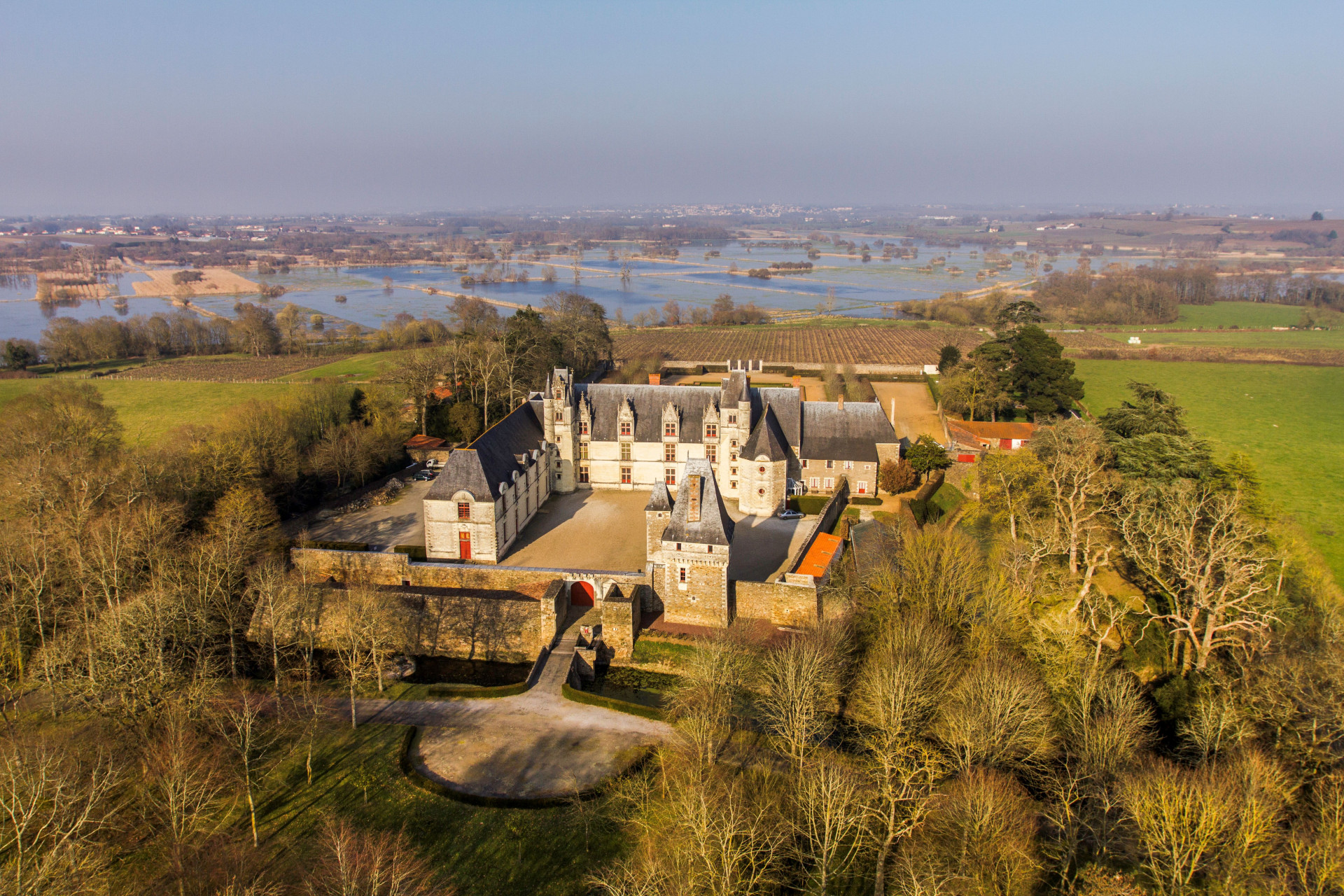
Château de Goulaine, France – Since 1000 A.D.
Nestled in the Loire Valley, Château de Goulaine is widely recognized as the oldest wine-producing château still in operation. More than a millennium of viticulture breathes through its pale stone walls, surrounded by manicured gardens and butterfly conservatories. Owned by the same noble family for over a thousand years (until recently), the estate bridges aristocratic heritage with oenological excellence. The estate’s signature Muscadet is not merely a wine—it is heritage in a glass. Dry, crisp, and often kissed with saline minerality, Goulaine's wines speak of the Atlantic winds and schist-rich soils that define the region. Tastings are conducted within the historic château, offering a multisensory journey through French viticultural history.
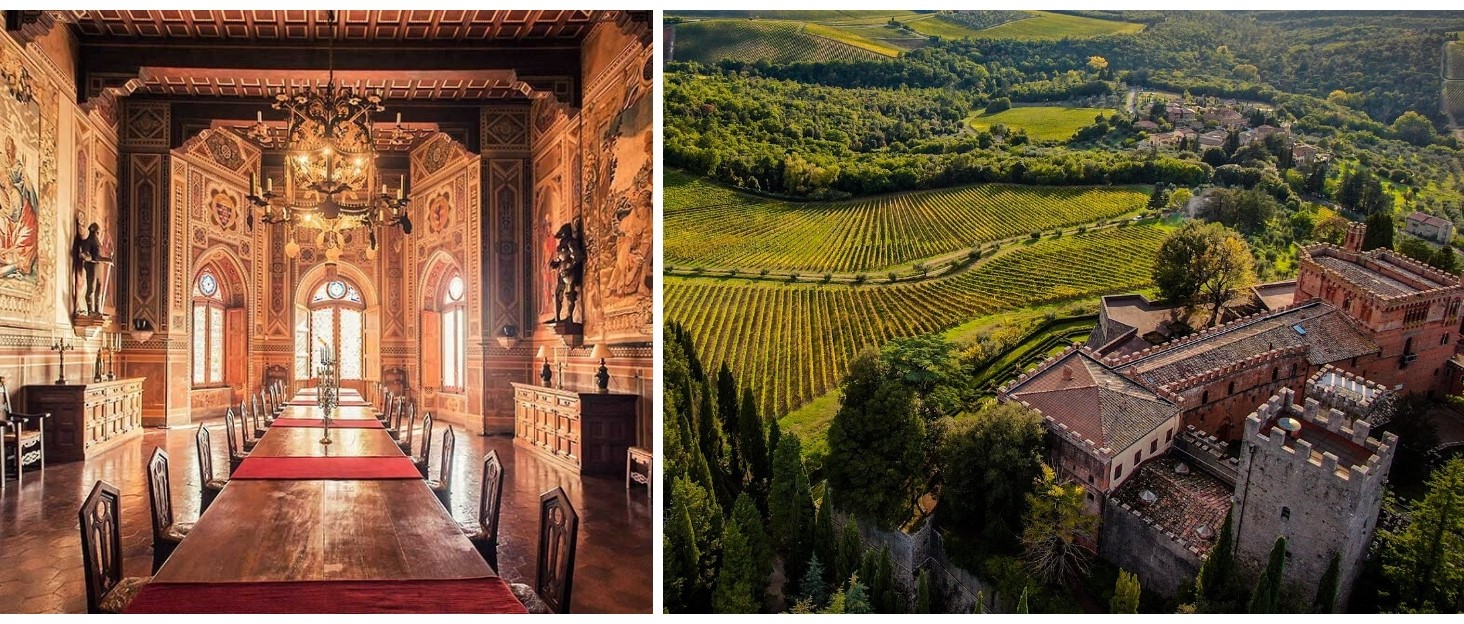
Barone Ricasoli, Italy – Since 1141 A.D.
In the heart of Tuscany, Barone Ricasoli is not only the oldest winery in Italy but also the birthplace of Chianti Classico. Founded in 1141 by the noble Ricasoli family, the estate rises above the hills of Brolio Castle—an iconic silhouette that has watched over vineyards for nearly 900 years. The estate's most notable figure, Baron Bettino Ricasoli, was a 19th-century statesman who also served as Italy's prime minister. In 1872, he composed the first formal recipe for Chianti wine, balancing Sangiovese with Canaiolo and Malvasia. Today, Barone Ricasoli continues to honor his vision, producing reds that are structured, age-worthy, and inextricably linked to Tuscany’s rolling hills and sun-drenched terrain. Visitors to the estate are invited to explore Brolio Castle, where ancient stone corridors lead to intimate tasting rooms and panoramic views over centuries-old vines.
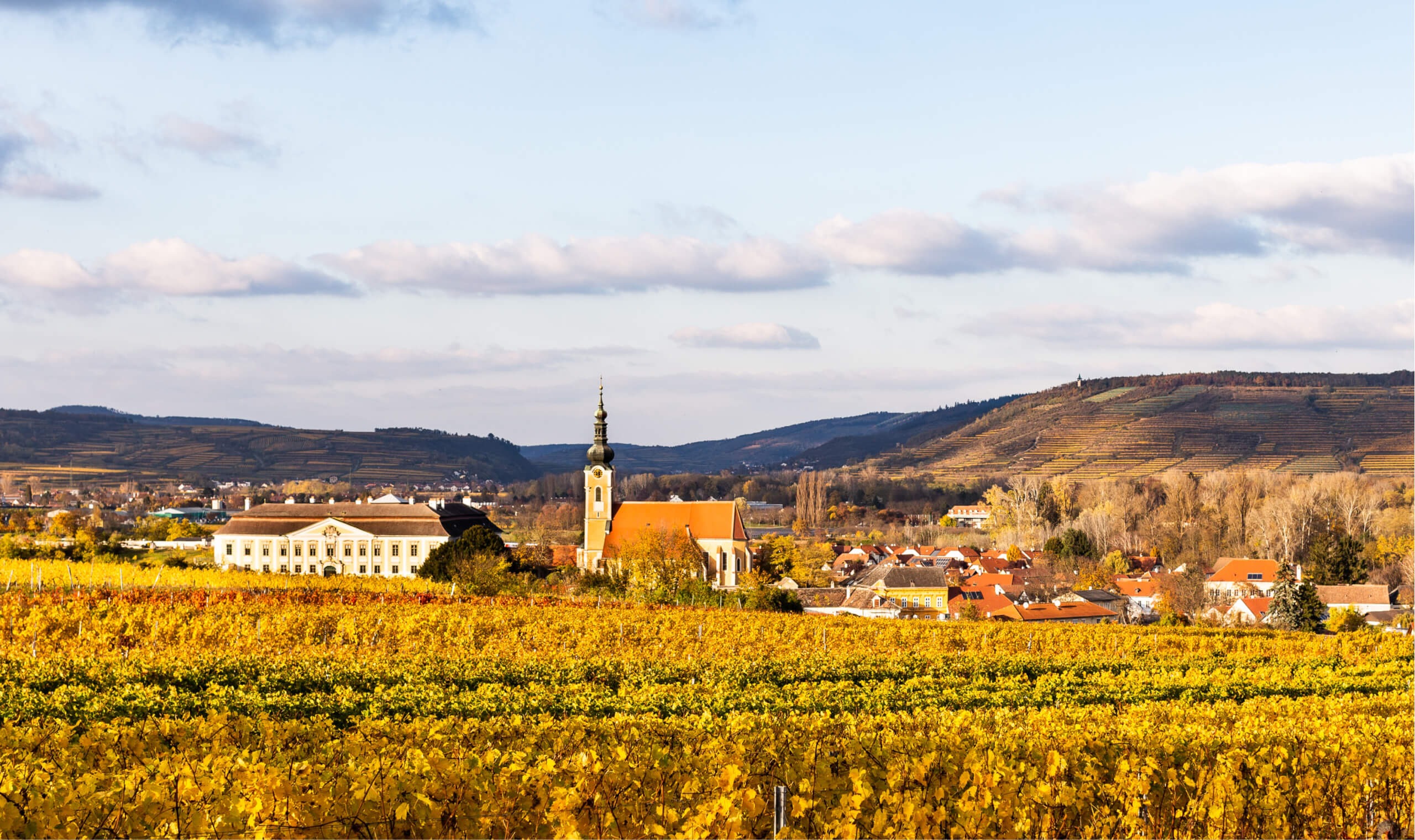
Schloss Gobelsburg, Austria – Since 1171 A.D.
Nestled in Austria's Kamptal region, Schloss Gobelsburg stands as the country's oldest winery, with documented viticulture beginning in 1171. Originally managed by Cistercian monks, the
estate has preserved centuries-old winemaking traditions while continuously refining its approach to quality. Today, under the stewardship of Michael Moosbrugger since 1996, Schloss Gobelsburg emphasizes traditional methods—such as gravity-flow winemaking and aging in historical cellars—to craft exceptional Grüner Veltliner and Riesling. The wines are noted for
their purity, structure, and terroir expression, earning the estate widespread international acclaim. Visitors can explore the monastic roots of the winery while enjoying contemporary hospitality in the elegantly restored castle.
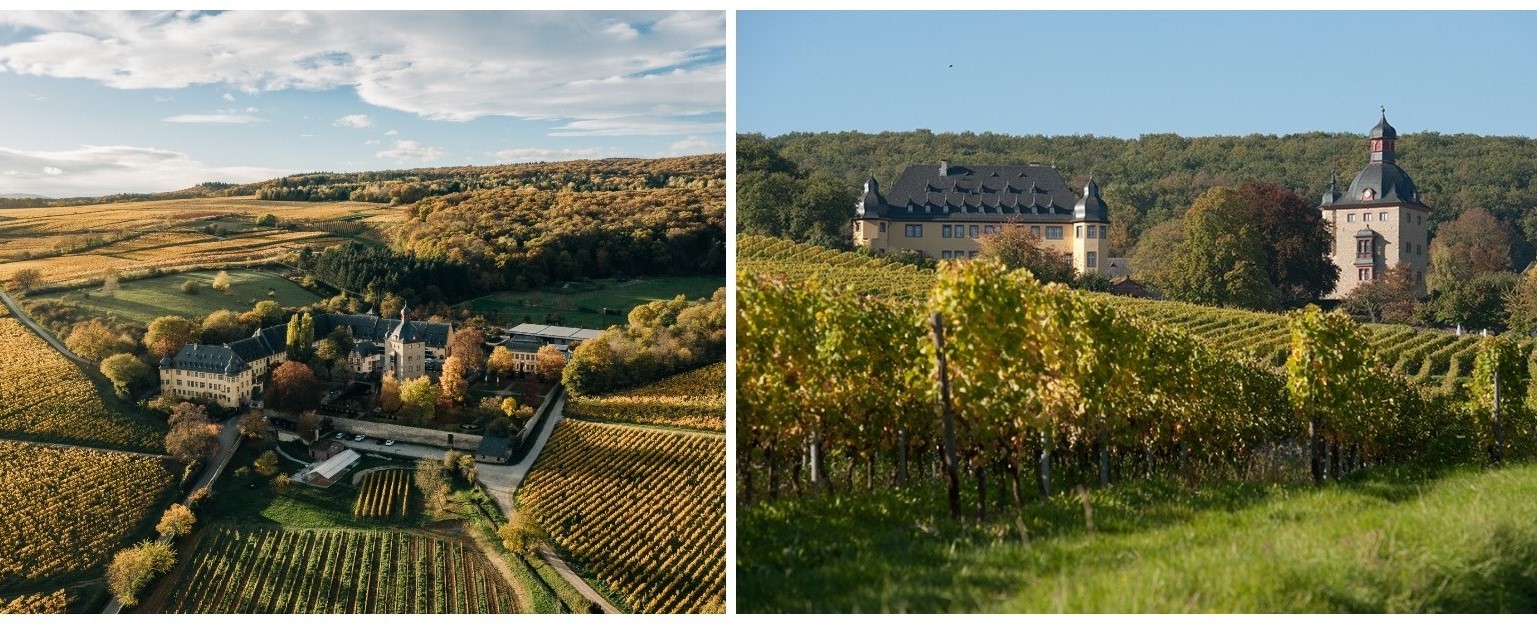
Schloss Vollrads, Germany – Since 1211 A.D.
Set in the idyllic Rheingau region, Schloss Vollrads is the world’s oldest Riesling estate, with documented sales dating back to 1211. The moated castle, with its ivy-covered towers and romantic courtyards, evokes a fairytale charm—yet its wines are anything but naïve. Famed for their precision and purity, Schloss Vollrads Rieslings offer a sophisticated interplay of acidity and fruit, always anchored by the limestone-rich soils. The estate exclusively cultivates Riesling, a testament to both specialization and terroir. From trocken (dry) to edelsüß (noble sweet), each bottle encapsulates the estate's singular focus and centuries-honed technique. Vollrads also champions sustainability, with organic practices now deeply integrated into the vineyard's operations. The castle, open to guests year-round, hosts musical concerts, culinary events, and guided tastings that seamlessly blend culture and viticulture.
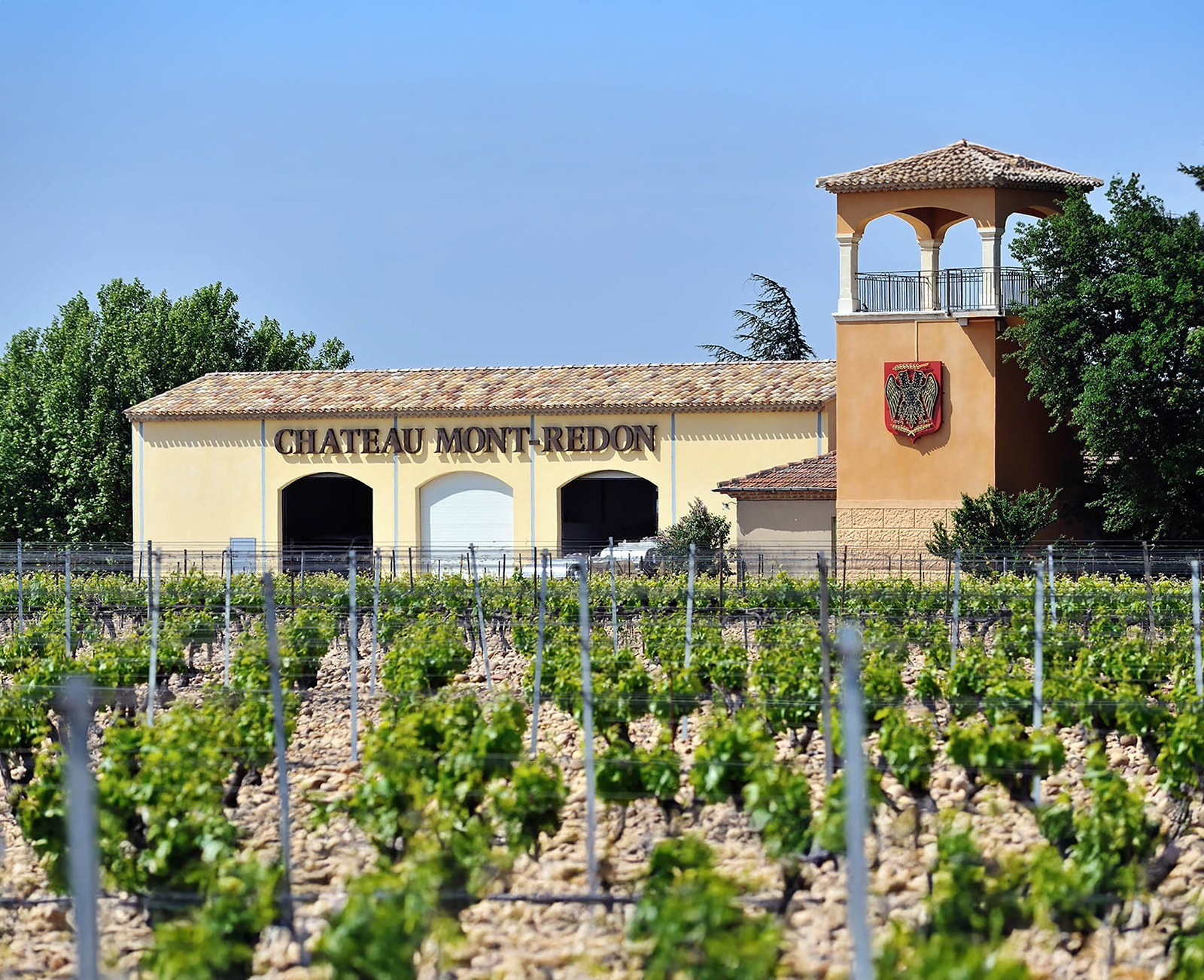
Château Mont-Redon, France – Since 1344 A.D.
Located in the revered appellation of Châteauneuf-du-Pape, Château Mont-Redon boasts a lineage that stretches back to 1344. The estate’s stony vineyards—marked by the region’s signature
“galets roulés” (rounded pebbles)—absorb heat during the day and radiate it at night, nurturing some of the Rhône Valley’s most robust grapes. Today, Mont-Redon is renowned for its full-bodied
reds, composed primarily of Grenache, Syrah, and Mourvèdre. These wines are bold yet balanced, expressing both the power of the terroir and the finesse of modern winemaking. The whites,
too, deserve acclaim—structured, aromatic, and designed to age with grace. The château's historical significance is paralleled by its forward-thinking approach, combining traditional vinification
techniques with cutting-edge viticulture. Visitors can tour the expansive cellars, still bearing original stones from medieval times.
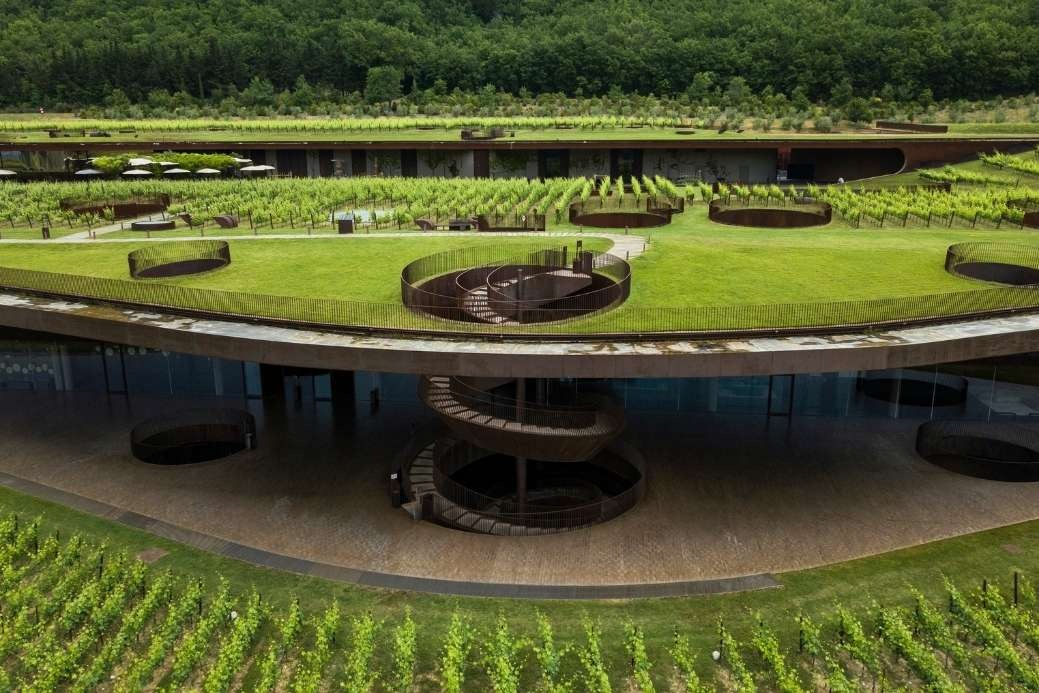
Marchesi Antinori, Italy – Since 1385 A.D.
If Barone Ricasoli was the birth of Chianti, then Marchesi Antinori is its renaissance. Since 1385, the Antinori family has shaped Italian wine with vision and daring, blending centuries of tradition with a taste for innovation. With 26 generations behind it, the estate remains family-owned—a rare and remarkable feat in the modern wine world. Today, the Antinori name resonates well beyond Tuscany. The estate's flagship wines, such as Tignanello and Solaia, are Super Tuscans that broke from DOC regulations to redefine Italian reds on a global stage. These wines demonstrate that history and experimentation need not be at odds. The Antinori nel Chianti Classico winery is a marvel of contemporary architecture, buried within the hillside to preserve the landscape. Its spiral staircases and panoramic terraces offer an immersive experience where past, present, and future meet in a glass.
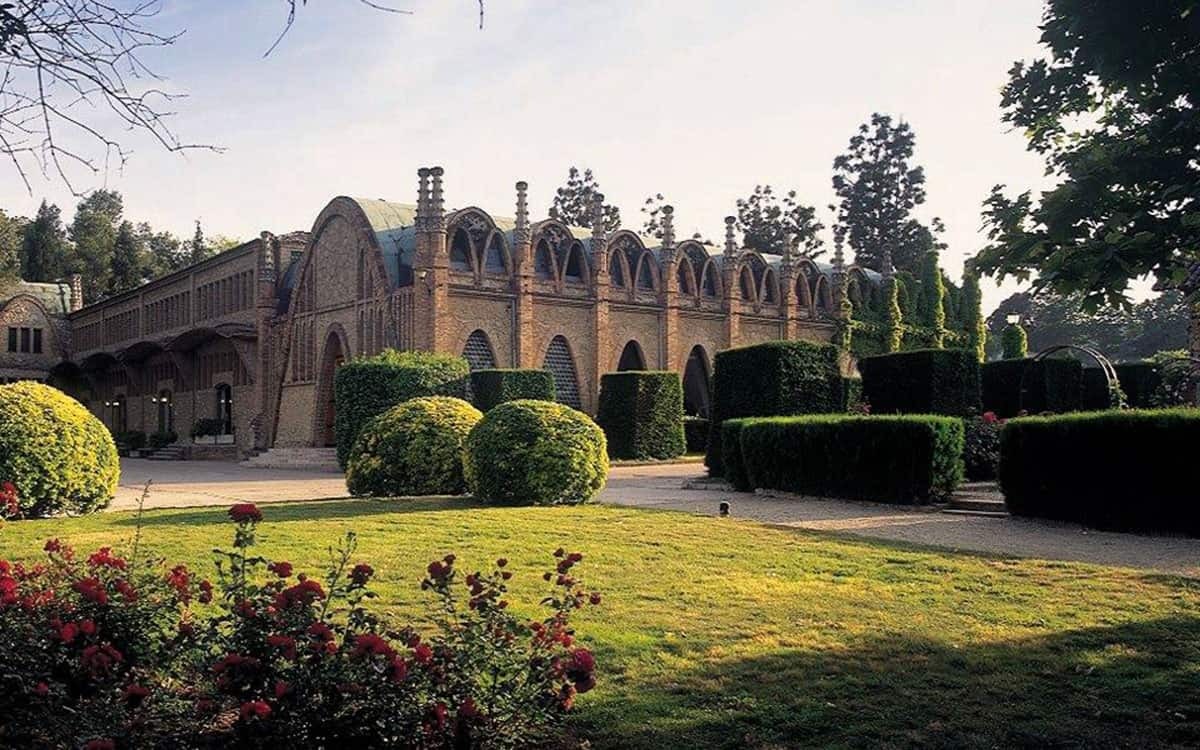
Codorníu, Spain – Since 1551 A.D.
Spain’s answer to Champagne is Cava, and no name is more synonymous with it than Codorníu. Established in 1551 in the Penedès region near Barcelona, Codorníu is the oldest family business in Spain and one of the oldest winemaking companies in the world. Its cellars—underground cathedrals of brick arches and golden light—are UNESCO-worthy marvels. Designed by modernist architect Josep Puig i Cadafalch, a contemporary of Gaudí, the winery itself is a masterpiece. Codorníu’s sparkling wines, crafted in the traditional méthode champenoise, deliver elegance, freshness, and heritage in every flute. Each bottle of Codorníu represents celebration, not only in the sense of effervescence but in the celebration of Spanish identity, craftsmanship, and the enduring joy of tradition.